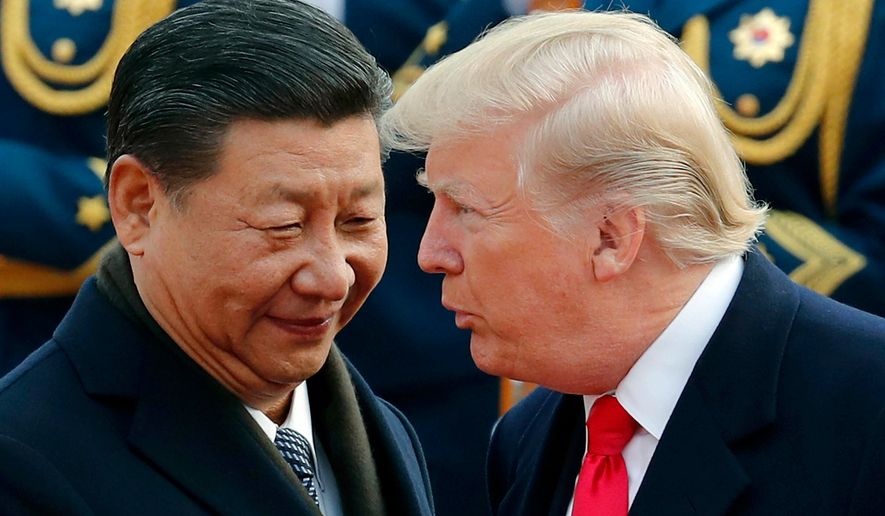
ANALYSIS/OPINION:
In March, President Trump[1] said that “trade wars are good and easy to win.” Last week, the trade wars kicked into high gear.
Following the president’s tariffs on steel and aluminum imports, Canada increased tariffs on U.S. imports worth $12.5 billion a week ago Monday. On Thursday, Mexico slapped tariffs on an additional $3 billion of U.S. goods. China also retaliated against U.S. moves to impose tariffs on an additional $34 billion of Chinese goods.
Proponents of the trade wars try to spin them as an effort to seek freer trade, particularly with China. In reality, however, the administration’s trade policies are backfiring. Tariffs on steel and aluminum act as a tax on American manufacturers that use steel and aluminum to make their products. The 25 percent tariff on steel has increased the domestic price of steel by as much as 40 percent since the beginning of the year. As the result of the new 10 percent tariff on aluminum, prices for that commodity soared to a four-year high in June.
Tariff-driven price increases and the retaliatory measures taken by other countries are already threatening the livelihoods of thousands of factory workers, farmers, and ranchers. And that threat is growing and spreading daily. Here are just a few examples of what the steel and aluminum tariffs have wrought throughout the country.
Kennedy Fabricating, a steel fabricator in Splendora, Texas, is a family-owned business that has survived many economic hardships, including the 2008 market crash. In April, Kevin Kennedy, the company’s president, reported that the steel tariffs “have raised prices over 40 percent.” That’s hugely problematic for Kennedy’s business. “The raw steel targeted with these tariffs makes up almost half the cost of many products in our industry,” he notes. “Our customers will not pay for such an increase.”
Mid Continent[2] Nail Corp., located in Poplar Bluff, Missouri, could be put out of business because of the tariff-driven price of steel. Chris Pratt, operation general manager for Mid Continent[3], states that the company “[needs] relief as quick as possible. Every day it’s a financial burden.” Mid Continent[4] has already started laying off workers and has announced that another 200 of its roughly 500 total employees could be let go by the end of July.
U.S. agricultural exports are typically the first to be targeted by retaliatory tariffs, making farmers and ranchers among the first casualties of the trade wars. Canada’s tariffs hit orange juice, ketchup and whiskey. Mexico’s will hit cheese, pork and various fruits. China has targeted soybeans and sorghum, two of America’s top agricultural exports.
In a letter to President Trump[5] on June 25, members of Iowa’s congressional delegation cited the already-falling prices for soybeans, corn and pork, and emphasized that “farmers are facing tight margins and low commodity prices, which makes the latest tariffs catastrophic for Iowa’s economy.”...
Compounding the direct pricing
